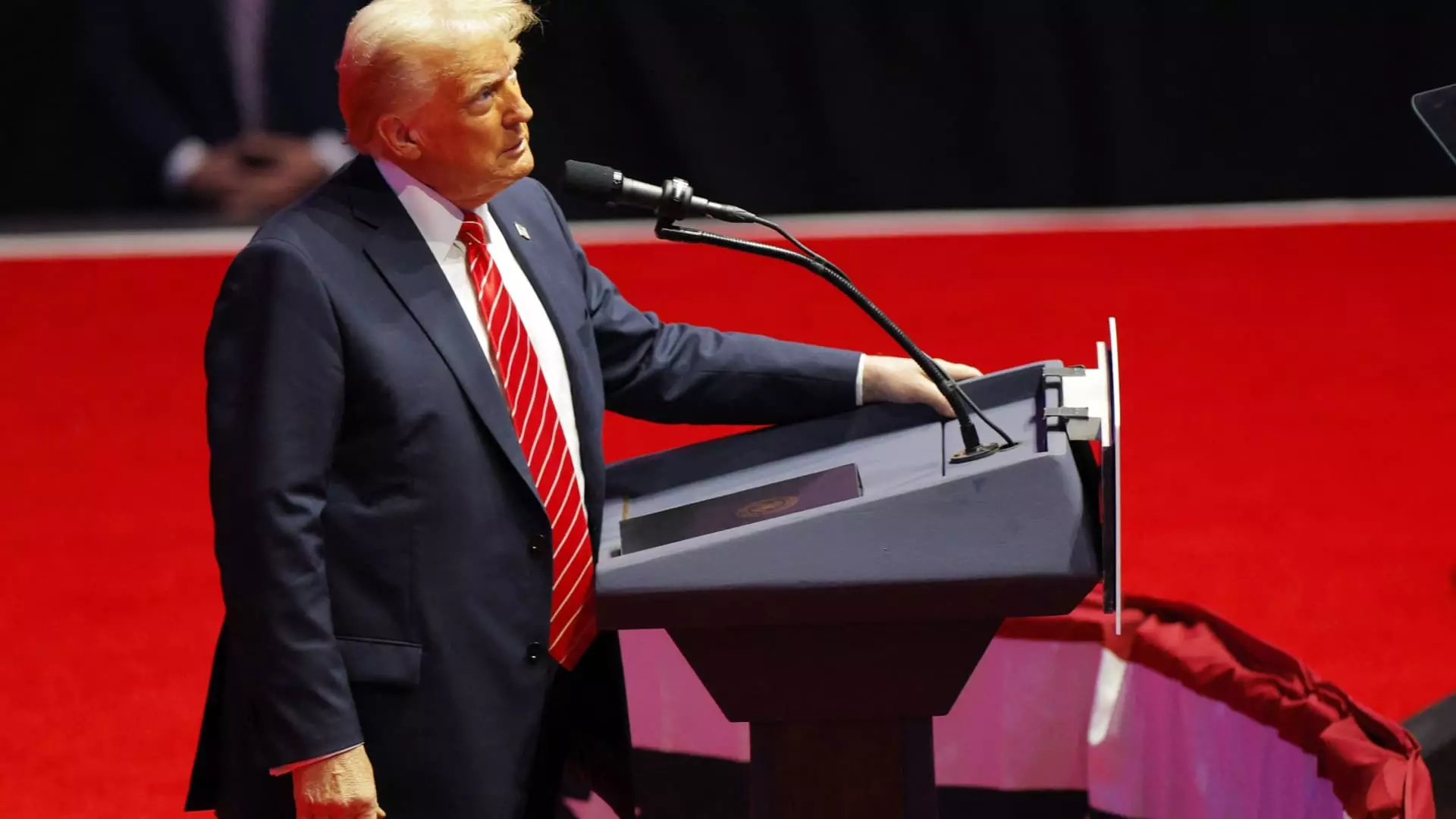As Donald Trump prepares to step into the role of President, the anticipation surrounding his approach to trade policy looms large. The initial expectations centered around the implementation of aggressive tariffs against various nations, particularly China, Canada, and Mexico. Contrarily, recent developments suggest that the president-elect may be opting for a more measured approach. Instead of launching immediate tariffs, Trump plans to issue a comprehensive trade memorandum aimed at investigating perceived unfair practices and currency manipulation among U.S. trading partners. This shift could signify a strategic recalibration of his earlier staunchly protectionist stances.
Rather than immediately introducing tariffs, Trump’s memorandum will task federal agencies with evaluating trade practices that could be detrimental to the American economy. Notably absent from the first day of his administration is any concrete move to impose duties on imports. This cautious approach may reflect a realization of the complexities inherent in international trade relationships. The absence of immediate tariffs suggests that Trump might be prioritizing a methodical evaluation of trade before taking drastic measures, a significant deviation from his earlier campaign rhetoric which favored aggressive tariffs as a solution.
Amidst this transition, discussions within Trump’s camp indicate that a graduated tariff strategy, with incremental increases of 2% to 5% per month, could be in the works. This stands in stark contrast to his original proposals of sweeping tariffs, including a universal 20% levy on all imports and a more severe 60% on Chinese goods. Such earlier ideas raised alarms among economists who argued that aggressive tariffs could exacerbate inflationary pressures and hinder the economic recovery following the pandemic. As global markets stabilize, a measured approach to tariffs may alleviate some of the potential consequences associated with protectionist policies.
Trump’s shifting stance on tariffs invites scrutiny regarding its implications for both domestic and global economies. By opting for investigations over immediate tariff escalations, the incoming administration might be positioning itself to focus on longer-term trade relationships rather than short-term populist gains. Economically, a move away from immediate tariffs could foster a more stable environment for businesses already grappling with recovering from pandemic-related disruptions. Moreover, easing concerns about sudden price increases might resonate positively with consumers wary of inflation.
As the new administration navigates its early agenda, the balancing act will be crucial. Trump’s evolving trade strategy appears to recognize the intricacies of global economics, while still retaining a focus on addressing American interests. Moving forward, it will be imperative for the administration to strike a balance between protecting domestic industries and fostering favorable trade relationships that are beneficial in the long term. Ultimately, the real challenge will be in implementing these strategies effectively amidst the pressures of global competition and changing trade dynamics. As Trump embarks on this new presidential chapter, the implications of his trade policy will extend far beyond the initial actions taken in his first week.

